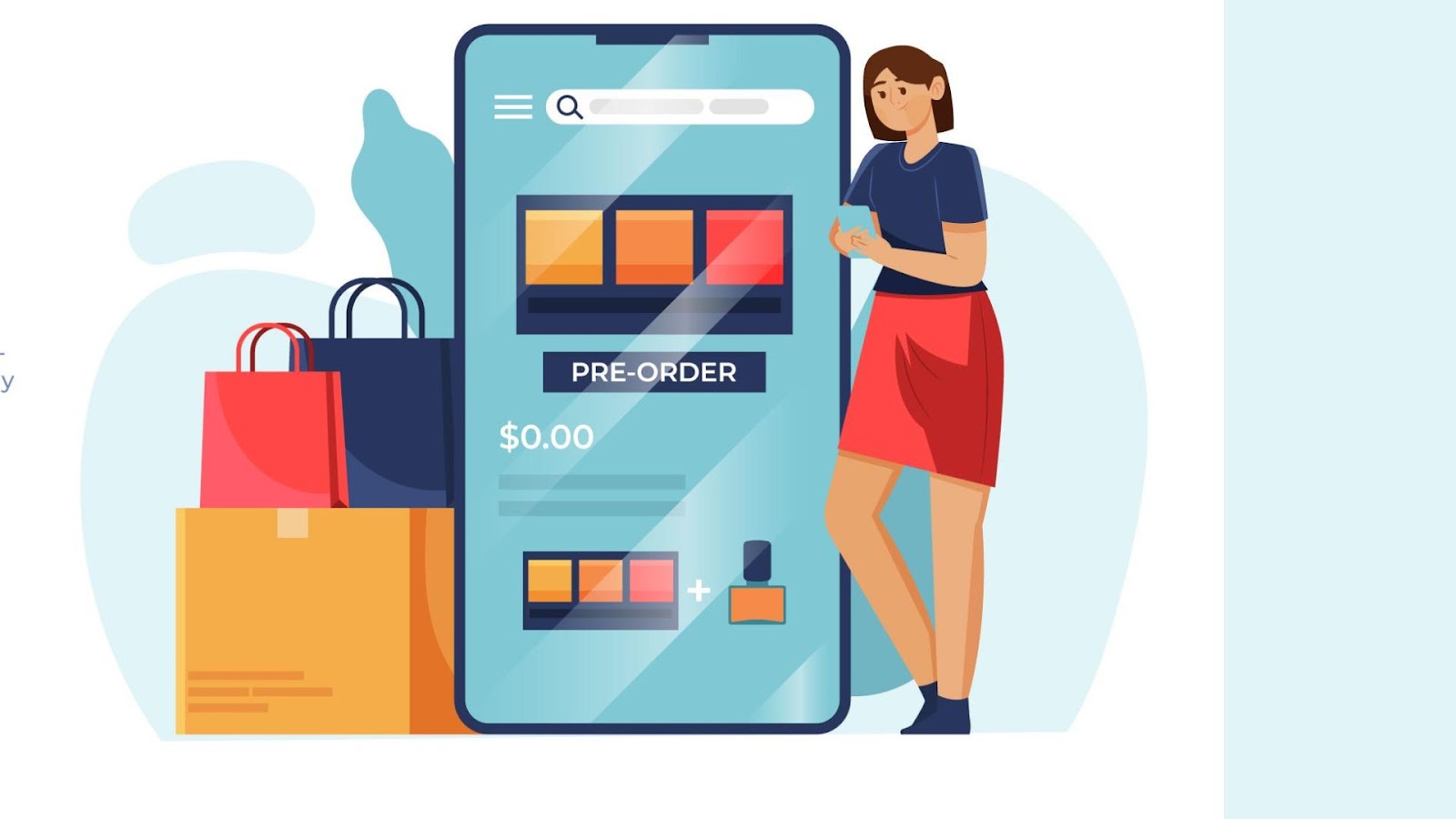This is a trend in commerce today: e-commerce mobile app incorporated into a business are something that is necessary to generate a larger market as well as better customer experience or revenue. Building an eCommerce mobile application is no longer a luxury. Rather, it is a necessity to be able to keep up with the mobile shopping trend. One common thing that business owners and entrepreneurs keep asking is, “How much does it cost for eCommerce app development?” The answer is not simple, as the development cost for such an application varies due to certain factors, such as app complexity, features available in the app, design, supported device types, and the development team. The entire guide will deal with all major cost factors involved in the development of an e-commerce mobile application.
1. Factors Influencing E-Commerce App Development Cost
a. App Complexity and Features
It is quite evident that the complexity of your e-commerce mobile app plays a pretty significant role in determining its cost. The lower in-budget run-of-the-mill apps are those that work with basic features such as showing product catalogues to users, allowing user registration, and payment gateways. Most definitely, features like AI-powered recommendations, AR try-ons, or even support for multiple languages are going to raise the price.
b. Design and User Interface (UI/UX)
An elegant and visually appealing design of UI/UX is essential to retain users and drive them to purchase. A custom-designed design that incorporates your logo will generally be more expensive than templates that are already designed.
C. Platform Option: iOS, Android, or both
It is important to consider whether you want to create your application to run on iOS, Android, or both can affect the amount you’ll invest in the app.
d. Development Team Location and Expertise
The geographies where your development team resides will strongly impact or, rather, determine the costs of your e-commerce application development. As you might expect those who develop software from North America and Western Europe are more expensive than developers who are from Eastern Europe, South Asia as well as Southeast Asia.e. Third-Party Integrations
The addition of third-party solutions like payment gateway systems for managing inventory, as well as CRM tools, can increase the expense of development overall. Each one needs additional development hours and associated testing.
2. Key Features That Impact E-Commerce App Development Cost
- User Registration and Authentication: User registration through email, social media and phone numbers.
- Product Catalog: Showcase all the products with images, prices, and descriptions with a dynamic product catalog.
The Search and Filter options Advanced filters to find items. Checkout and Shopping Cart A smooth checkout process with multiple methods of payment.
Payment Gateway Integration: Integration of payment processing companies that are safe and secure and.
Alerts via Push: Keep your customers informed about discounts, promotions and order status.
Customers Reviews and Rates Allow customers to give feedback on the product. Administrator Panel: A robust back-end system for managing orders, products and customers.
Each one of these features involves planning, coding and rigorous testing, which adds to the total cost.
3. Hidden Costs in E-Commerce App Development
Although most entrepreneurs tend to concentrate on the development cost and expenses, they are often unaware of hidden expenses such as the maintenance of apps, web hosting as well as app store costs and marketing expenses, perhaps because they do not make an impact on the expense sheet. Maintaining your app can require periodic updates as well as fixing any issues as well as adding new features. consequently there are more regular expenses that are entailed.
4. Cost Estimation Based on App Types
Basic E-Commerce App: $5,000 – $15,000
Mid-Level E-Commerce App: $15,000 – $50,000
Advanced E-Commerce App: $50,000 – $150,000+
These are estimates of a general nature The final price will depend on the exact requirements and the scope of the project.
5. Reducing E-Commerce App Development Costs
- Use MVP (Minimum Viable Product) Approach: Launch an alpha version of your app containing important primary functions.
- Choose Cross-Platform Development: Reduce turn-around time and costs by multi-platform deployment on one code base.
Outsource Development: You’ll be saving much by hiring expensive and efficient development talent working in cheap countries. - Leverage Pre-Built Solutions: Use ready-to-use templates and plugins to cut project costs.
6. Final Thoughts
Understanding the costs associated with developing an e-commerce application is an essential aspect to plan budgets and keep reasonable expectations. Making great mobile apps for e-commerce provides significant benefits for established or new companies when it comes down to attracting customers in sales growth, increasing sales, and creating brand loyalty.
When you carefully evaluate your requirements and deciding on the most important features, then working in tandem with an efficient development team, it’s feasible to achieve an efficient and cost-effective path through developing an e-commerce application. It’s not just about the amount of cost of an e-commerce application that is well-designed, but the value it can bring to the company in the long run operations.
If you are thinking of building an online e-commerce mobile app Contact experienced experts who will provide exact estimates on costs, tailored to your requirements.
